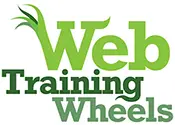Create Custom WooCommerce Layouts with Beaver Builder

In this series about customizing WooCommerce product pages, Beaver Builder is the next tool we’re looking at. I previously wrote about PootlePress’ WooBuilder Blocks.
Beaver Builder is an established page builder plugin with its own interface which replaces the default WordPress editing screen. There’s a free version and a premium version along with numerous free and paid add-ons from various 3rd party developers.
Using the core Beaver Builder plugin you can choose to enable the builder for your Product pages, but word to the wise, this isn’t going to get you very far. In this mode the builder doesn’t fully take over the whole editing experience so you can’t actually change the product layout. I spent a fair amount of time beating my head against this wall before I found this guide. Keep that handy as you embark on this mission.





